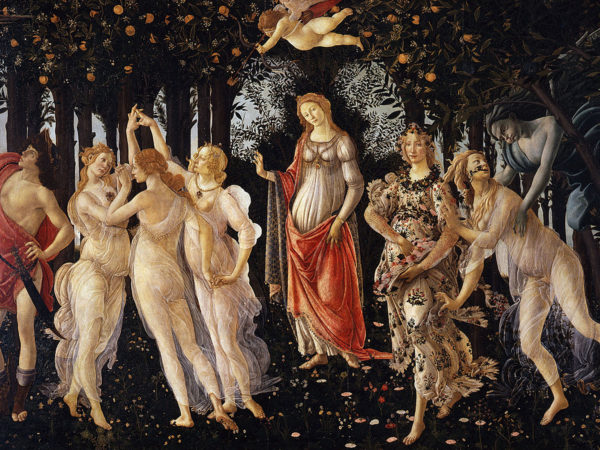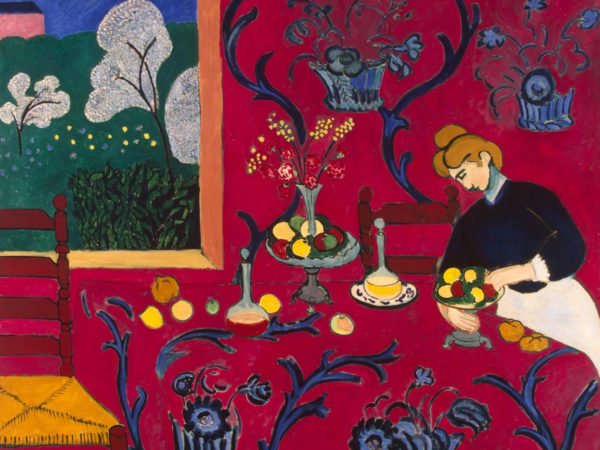Imagine you were able to create a magic potion with extraordinary health-restoring properties. It would have to scavenge free radicals, protect against cardiovascular disease and cancer, lower cholesterol levels, reduce obesity and stress, increase one’s energy, have a detoxifying effect, aid in digestione and—why not—bring down one’s temperature. Now, such a potion actually exists: all you need is to squeeze an orange, the most popular and most frequently eaten citrus fruit, a source of energy, vitalità and health. These properties were known even to Garibaldi, who is often depicted as eating oranges or giving them to sick soldiers. Popular traditions, religious iconography, myths and art all ascribe a peculiar meaning to oranges, even though they often clash. Let us learn some more about them.
A symbol of innocence...
...sexy and lively
Henri Matisse was one of the many painters apparently obsessed by oranges. These fruits abound in his paintings; their bright colour was a perfect symbol for the Fauvist movement and their joie de vivre as expressed by vivid colours.
On the same subject, Nature morte aux pommes et aux oranges by Paul Cézanne forces itself on our attention through a sharp contrast between the bright orange hue of the fruits on the one hand and the gleaming, snow-white tablecloth and flatware on the other.
The warm hues of oranges and their round shape make them look sultry, suggesting love and femininity. In Naranjas y limones by the Spanish painter Julio Romero de Torres oranges seem to replicano the woman’s bare breasts, adding to the sensuous appeal of the painting.
Photos by Wikipedia
Now, moving to more recent times and taking a look to the advertising industry in particular, once again we find a compelling, sedutctive association between oranges and women in the Arancia Rosaria spots:
https://www.youtube.com/watch?v=i8Hd9lNWr-8
https://www.youtube.com/watch?v=RE5708xsv0A
as well as in a 2016 Sanpellegrino spot, set to the tune of Nina Zilli’s song “L’amore verrà”, where a cheerful, smiling girl captures the inebriating beauty of Italian landscapes—regarded as the very essence of that celebrated beverages—into a small bottle.
https://www.youtube.com/watch?v=kJnZLMPQRao
the fruit is the main ingredient of Campari Orange Passion, a cocktail advertised in an evocative spot in 2010.
https://www.youtube.com/watch?v=NGPnwrji00k
In a fairytale atmosphere recalling “Sleeping Beauty” the two main characters smuggle the drink from a place where time seems to have stood still—and everybody has turned into stone—to an animated, lively party. Once again, as the ine case of Matisse, oranges represent the joie de vivre.
Alicante di Jacques Prévert
An orange upon the table
Your dress on the rug
And you in my bed
Sweet present of the present
Freshness of the night
Warmth of my life
By Valeria Galbiati








